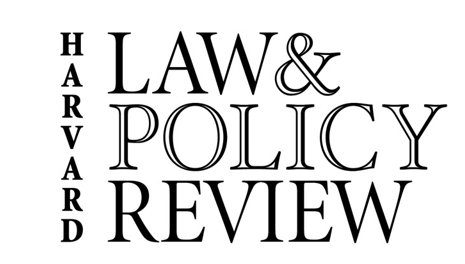By Yevgeny Shrago
Earlier this month, Ford announced that a self-driving mode for its car was five years away from market. Discounting for the moment that many technologies are five years away for twenty years or more, this advance heralds the beginning of a massive change in the way Americans deal with transportation. Although the early models will only offer autonomous driving as an option, the clear goal is to acclimate people to this change gradually and eventually require autonomous cars. Such a change would lead to safer, faster and more environmentally friendly transportation, without abandoning the privacy and route control that make cars so popular. These new cars could also have interesting effects on the legal regime.
The first issue is one of liability. Glitches happen and computers cannot always properly anticipate human behavior. Who pays when an automated car crashes into a driven one? What about when two automated cars crash into each other? In states with no-fault auto insurance, routine accidents might be governed the same way they are now: the driver’s own insurance pays regardless of fault. Insofar as autonomous cars are safer, insurance companies in those states will probably deliver major discounts to drivers for having such a car.
Traditional tort liability states will have more difficult issues. If an autonomous car crashes, it will be nearly impossible to prove that its human “driver” was acting negligently. Instead, an injured party will have to go after the car manufacturer or the driving software developer in a product liability suit. Although the Supreme Court has sent mixed signals, its very likely that design defect suits would be preempted by federal approval and regulation. Manufacturing defect suits claiming that this particular car was defective can proceed, but even a software glitch may not yield recovery where the developers can show sufficient testing has gone into the product to prove reasonable care. Rather than denying their drivers any recompense, tort states could switch to no-fault, a system that makes even more sense when two driverless cars collide. This change would extend no-fault into the product liability sphere for the first time, and might presage a larger shift away from tort in a world of insurance. Amusingly, the traditional negligence system came about specifically because collisions between carriages demanded a principle for apportioning fault.
The second issue is one of salience and perception. Almost a hundred people die in auto-related fatalities every day, without any national media attention. Even if autonomous cars cause fatalities to drop to 10% of today, that’s still ten deaths daily. The first time an autonomous car is at fault in a fatal accident, however, there will be significant coverage and outsized demands to take the cars off the road. Many people naturally distrust new technologies. Evidence of superior safety won’t matter either. Anecdotally, more people fear flying than driving, even though flying is statistically much safer than driving, probably because plane crashes are much more salient. Some states may ban the autonomous mode temporarily or permanently in response to a particularly gruesome crash, even if there is no evidence of a flaw in the driving software. If a serious flaw does arise in some version of the driving software, it may lead to a wholesale rejection of autonomous cars as people seek to reestablish control. Such an outcome would have unfortunate consequences for long-term safety and the environment, but the immediate salience of such a major event would outweigh such considerations. Such a regulation of cars would implicate the Dormant Commerce Clause and preemption, again kicking the question up to the Supreme Court.
